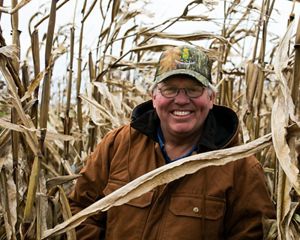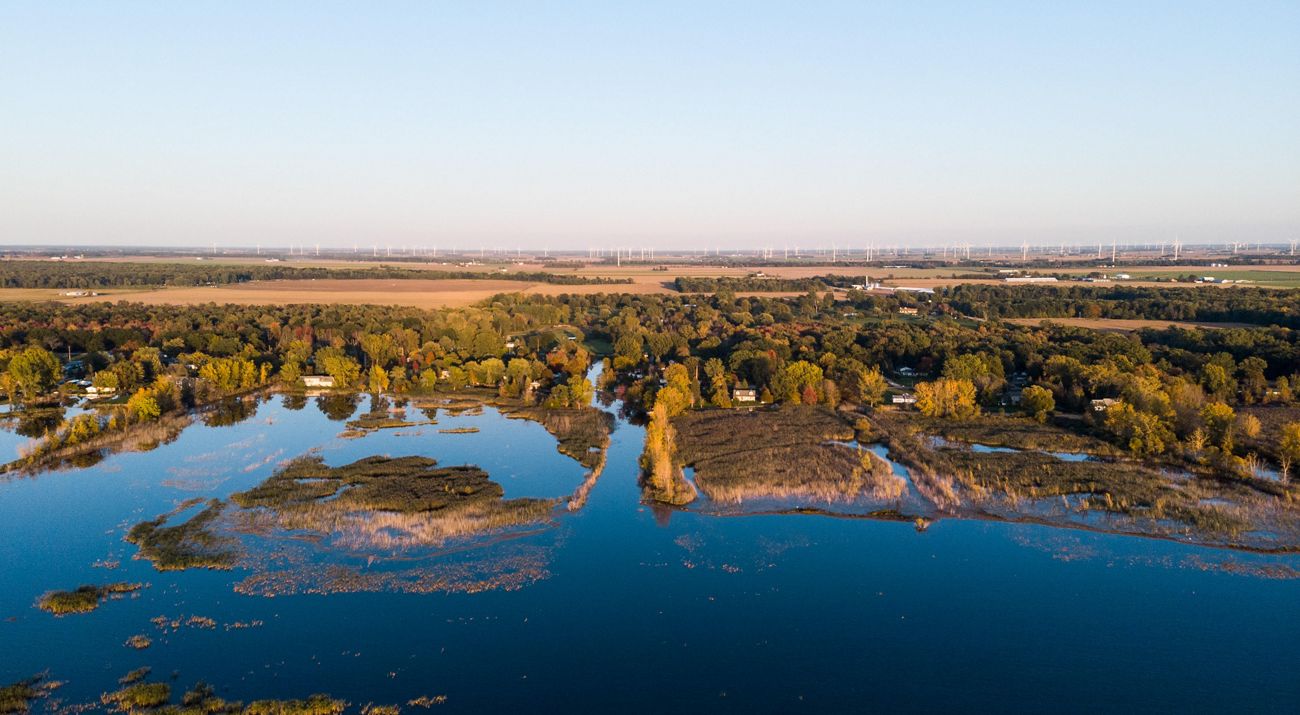
Conservation Where Soil and Water Meet
In Michigan, farmers are stewards of the land and Saginaw Bay Watershed.
Milligan Farms has been producing corn, soybeans, black beans, navy beans, and wheat as far back as 1910.
Mike Milligan, the farm manager, is a fourth-generation farmer in the family business. He manages 4,000 acres outside of Cass City, Michigan. Locally, the area is known as the thumb of Michigan, which resembles a mitten.
“It’s very good, highly productive farm ground,” Milligan said. “Agriculture is the number one industry in the thumb, in my mind, I think it's number two in the state, behind tourism.”
Between the thumb and the rest of the peninsula lies Saginaw Bay, part of the largest watershed in the state. The Bay is one of the world's largest contiguous coastal wetland systems, supporting a robust wildlife fishery, habitat for migratory birds, and water-based recreation.
What happens on the land is reflected in the water. About 8,700 square miles of land drains into this particular bay. When it rains, the runoff washes anything on the land to the nearest drain, river, or stream where it flows into the bay.
“The state of Michigan has 10 million acres of farmland,” said Mary Fales, program director for the Saginaw Bay Watershed Project at The Nature Conservancy in Michigan. “One-fifth of those acres occur right here in the Saginaw Bay Watershed and fresh water goes hand in hand with that. It's not only a driver for the communities in this region, it's one-fifth of the $13 billion agricultural economy that we have for the state of Michigan.”
Agriculture and water are closely linked, and the region depends on the sustainability of both.
“Keeping a healthy, sustainable system is critical,” Milligan said. “One of our most important jobs is being stewards of the land. I’m only here because my grandparents were good stewards of the land. It comes second nature to us.”
It’s all about the soil
“My favorite quote [by famed radio announcer Paul Harvey] about soil is, all human beings owe their ‘existence to a six-inch layer of topsoil and the fact that it rains,’ and I think that says a lot to how important soil is,” said Milligan. “It's very easy to look past it, but, if we lose our topsoil, we can't produce food for the rest of the world.”
So, it’s no surprise that much of sustainable agriculture is focused on soil health, along with the broader benefits it has on productivity, water quality, and resilience to extreme weather events like flooding and drought.
In addition to reduced tillage, one of the best ways to ensure healthy topsoil is through the use of cover crops, according to Milligan. While cover crops—noncash crops planted in the off season—are not typically used in conventional growing, that is where it can make the greatest difference. The challenge is that the upfront cost and investment can be prohibitive, even for large operations.
To overcome some of the obstacles to changing practices, The Nature Conservancy, funded with a gift from The Kellogg Company, is expanding its successful Pay for Performance program to farmers like the Milligans. The program offers participating farmers financial incentives to implement soil health practices, which increase soil carbon, save topsoil, reduce harmful runoff, protect biodiversity, and improve water quality. Such practices include cover crops, as well as reduced tillage, and pollinator strips.
Quote: Mike Milligan
One of our most important jobs is being stewards of the land
“Kellogg is working with farmers in the Saginaw Bay Watershed of Michigan, where we buy a lot of our soft white winter wheat that ends up in products like our cereals,” said Mary Gallagher, senior manager of responsible sourcing at the Kellogg Company. “Together, with The Nature Conservancy, we're providing technical support to farmers, like Mike, to implement conservation practices that ultimately help improve yields and resiliency, enhance biodiversity, and safeguard soil and water.”
“Collaborating with TNC and Kellogg has helped us incorporate cover crops and healthy soil practices on our farm,” said Milligan. “I think it’s becomingly critically important to work on these practices with people who want to understand where we’re coming from and why we’re doing what we’re doing.”
There is an art to the science, added Gallagher. “As we start to craft these projects, an important element is coming to the farm and building relationships with farmers and the communities to better understand the challenges that they're facing, and determining how we can build solutions that will work on their farm.”
The partnership includes other local organizations, too, including agri-businesses like Star of the West Milling Company, conservation districts, and agricultural input companies.
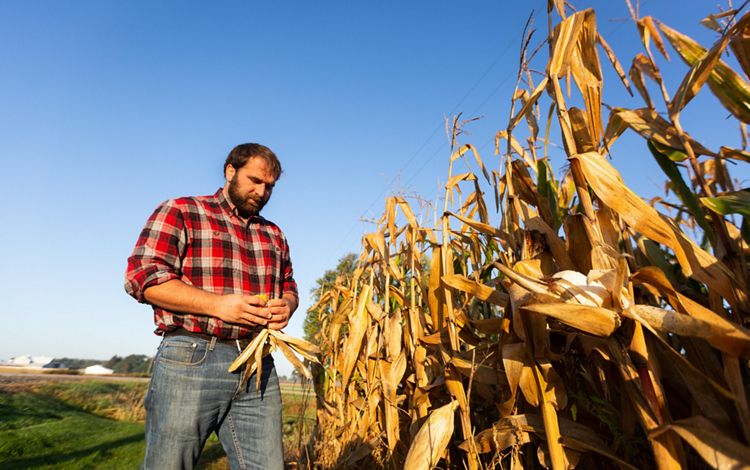
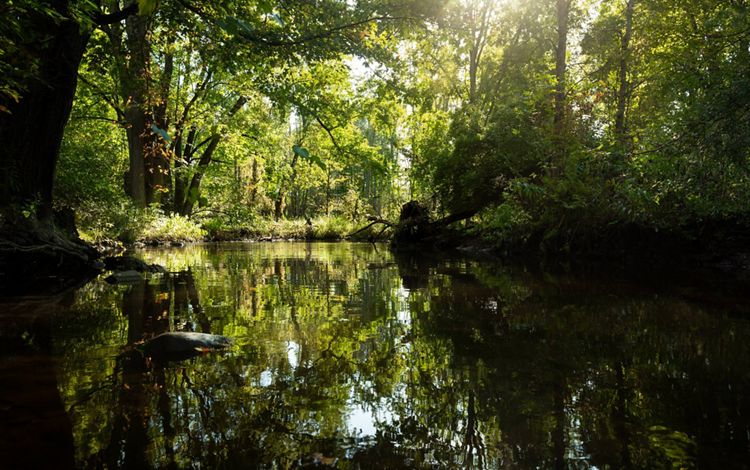
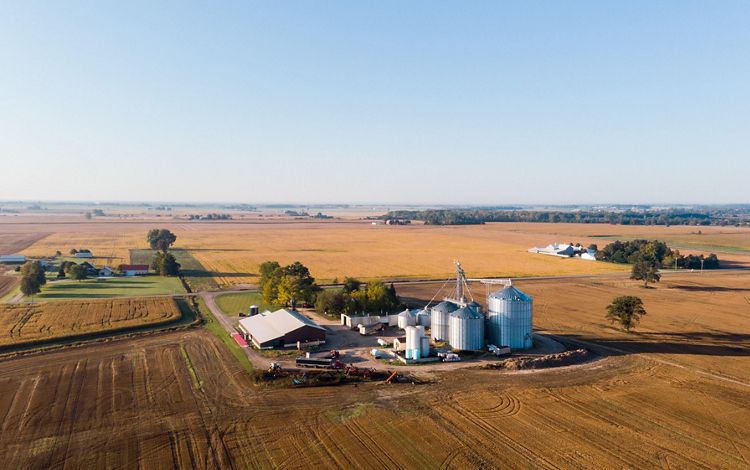
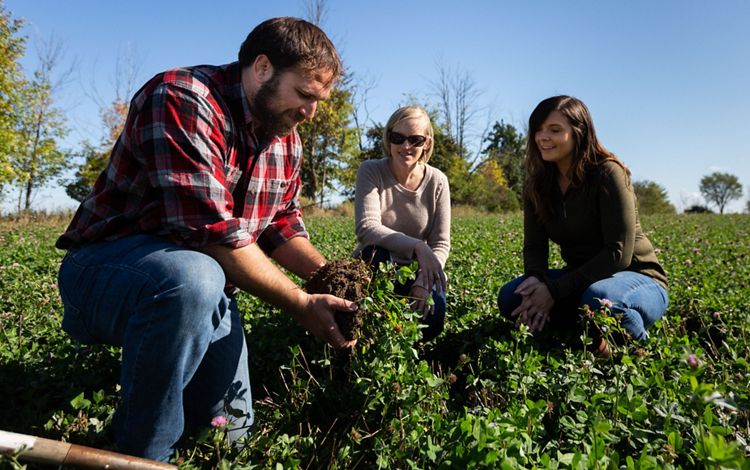
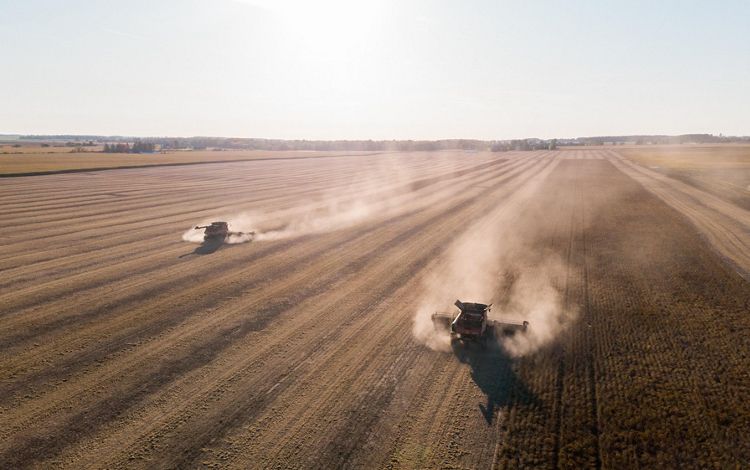
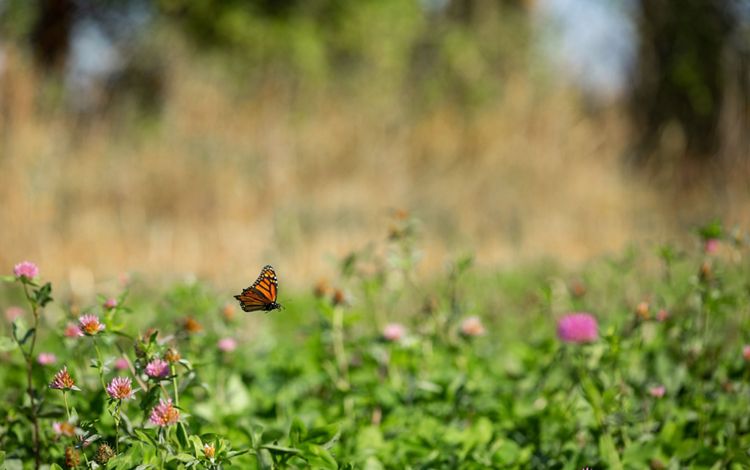

A win-win solution for agriculture and conservation
Innovative projects and financing models on the farm are being tested as strategies to improve water quality in the Bay. Fales explained that a big conservation benefit of cover crops and other soil health practices is preventing fertilizers and sediment from flowing into the watershed.
“When you get intense rains, especially during times of the year when fields are bare, you can quickly lose soil and nutrients via erosion” she said. “While nutrients are really good for farmers because they help grow plants, they aren’t good for the Saginaw Bay. Once nitrogen and phosphorus make it into the water, they cause excessive plants and algae in the water leading to intense algal blooms and muck washing up on beaches
But this isn’t an insurmountable problem. Fales believes reduced tillage and cover crops are a win-win solution for agriculture and conservation.
Using the Great Lakes Watershed Management System, a web-based spatial conservation tool developed by Michigan State University Institute of Water Research, The Nature Conservancy can estimate the change in soil savings from implementing a given practice and offers incentives to farmers accordingly, based on the estimated environmental benefit.
“The main goal is to build opportunities for farmers to try soil health practices that can be really beneficial for their farm business to build healthy soils that simultaneously have positive environmental outcomes,” said Fales. “TNC can calculate the environmental benefits from practices we know are based in sound science. Partners, like Kellogg, really understand the business side. You can’t have one without the other.”
“Agriculture is extremely important to the communities around Saginaw Bay. It helps to boost the economy, jobs, and people’s livelihoods. The Bay itself is important to our communities, too, and we’re very interested in understanding how water quality reacts to changing practices on the land.”
Milligan agrees. “We're all working towards a common goal here, to have a healthy long-term water supply and healthy soil,” he said.
Quote: Mary Fales
Reduced tillage and cover crops are a win-win solution for agriculture and conservation
From the thumb to the Heartland
Sustainability is at the heart of a 3-year effort between TNC and the Kellogg Company to incentivize conservation agriculture practices among corn, wheat and rice growers in the Mississippi River Basin and Great Lakes regions. Through a gift from the Kellogg Company to TNC, the two organizations will provide thousands of farmers with funds and technical assistance.
“Kellogg has chosen to partner with The Nature Conservancy to provide support to farmers around conservation practices that they may be interested in implementing on their farm but haven't yet had the opportunity to take the risk and try out,” said Gallagher.
In each region, the program is designed around the interaction between soil and water, thereby encouraging farmers to increase soil health and crop productivity while safeguarding water and biodiversity. In addition to Michigan, TNC and Kellogg have projects underway in Arkansas, Illinois, Nebraska and Ohio.
“Cover crops take resources to happen,” said Milligan. “Partnerships can help us expand and experiment to see if it benefits us to where, at some point down the road, it’s just common practice.”
